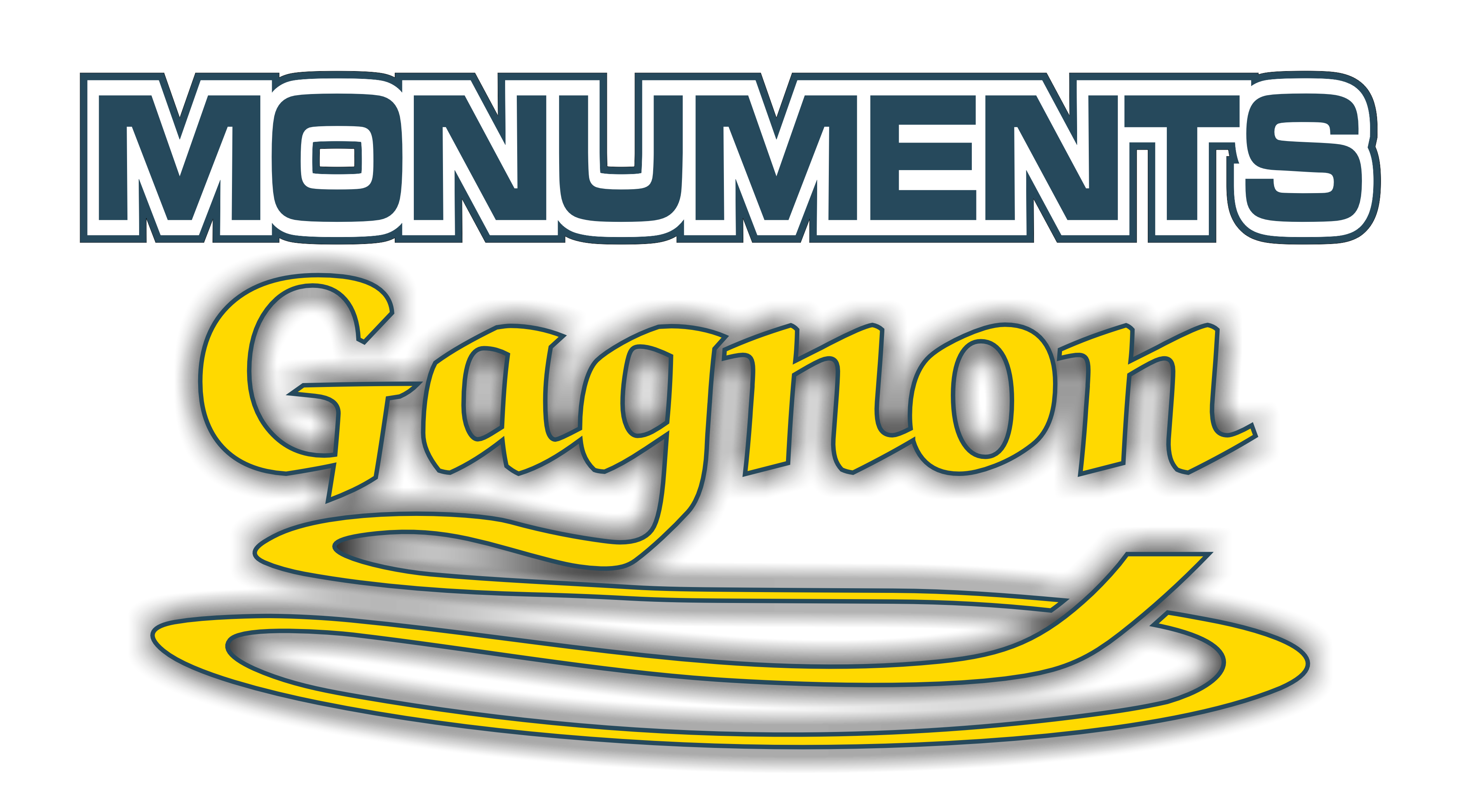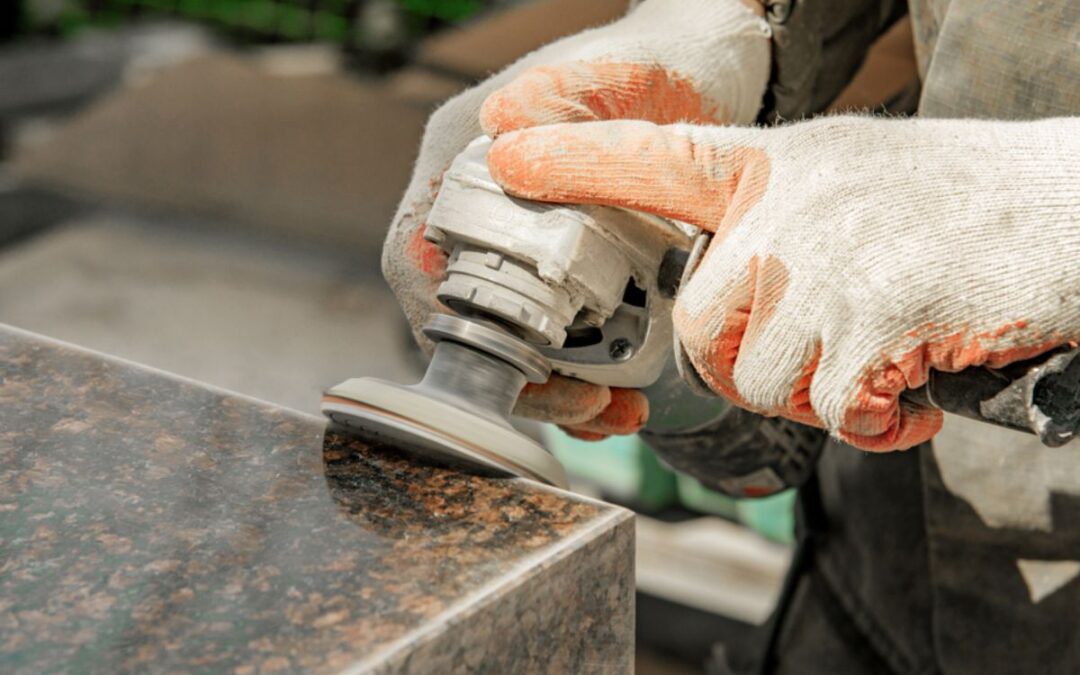Color and origin of granite
First of all, granite, the basic material for tombstones, comes in a range of colors. The choice of granite influences the final price of the monument. Local granites, such as Quebec’s Stanstead gray, are generally more affordable. Imported granites, such as absolute black from India or pearl blue from Norway, cost more. The rarity and complexity of extracting certain shades also vary costs. This makes certain stones more exclusive and expensive.
Dimensions and number of inscriptions
The size of the headstone plays a major role in its cost. A larger stone requires more raw material. It also allows several names to be inscribed. This is particularly useful for family monuments. The choice of lettering, engravings and personalized designs also influences the price. The price will therefore be adjusted according to the complexity of the design and the type of engraving used (sandblasting, laser or micro-percussion).
Finish and polish level
The polishing of a gravestone influences not only its appearance, but also its price. A monument with a full polish (front, sides, top and back) costs more. Conversely, a model with a single polished surface and rough sides will be cheaper. Finally, choosing a specific finish, such as a matte or textured effect, can add costs. The level of work required varies greatly.
By combining these different elements, it becomes possible to tailor the choice of a monument according to budget and personal preference. Indeed, as each tombstone is unique, it’s essential to evaluate these factors. This enables a balanced choice to be made between aesthetics, durability and cost.

